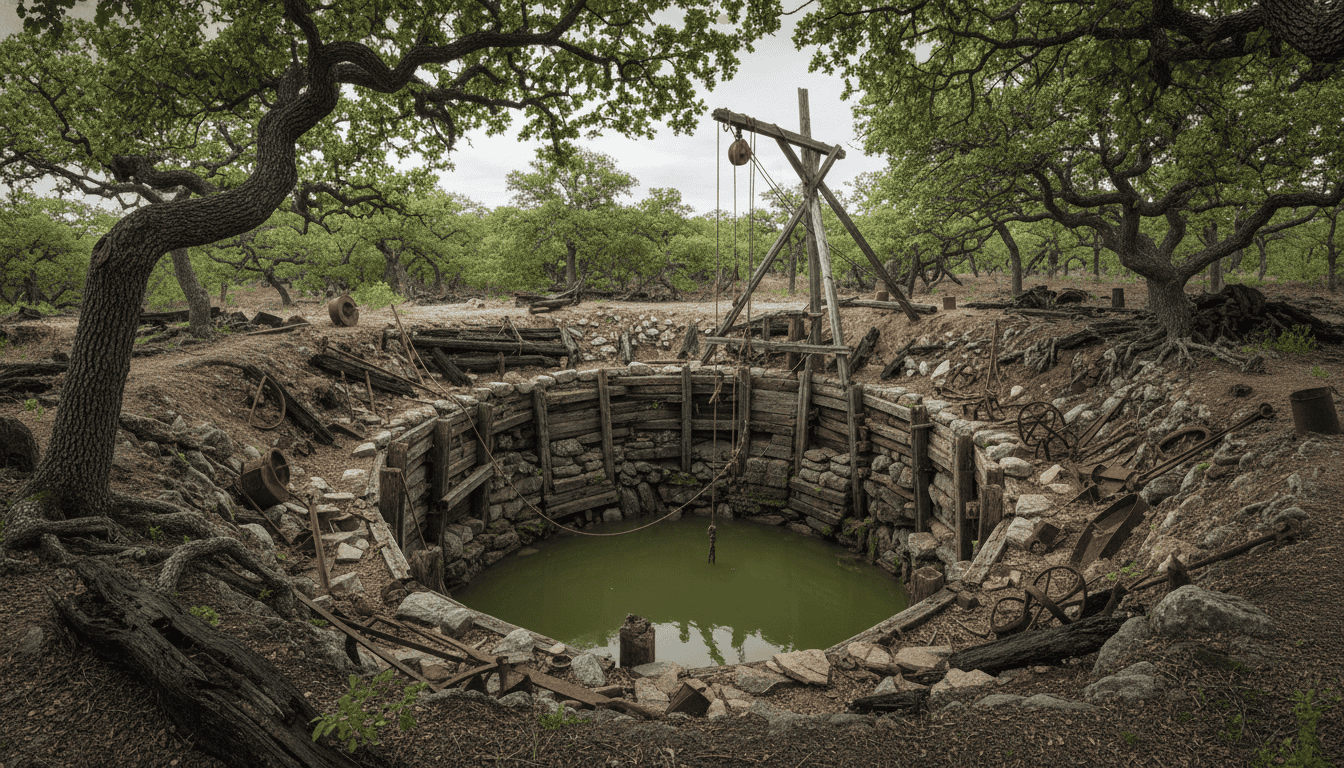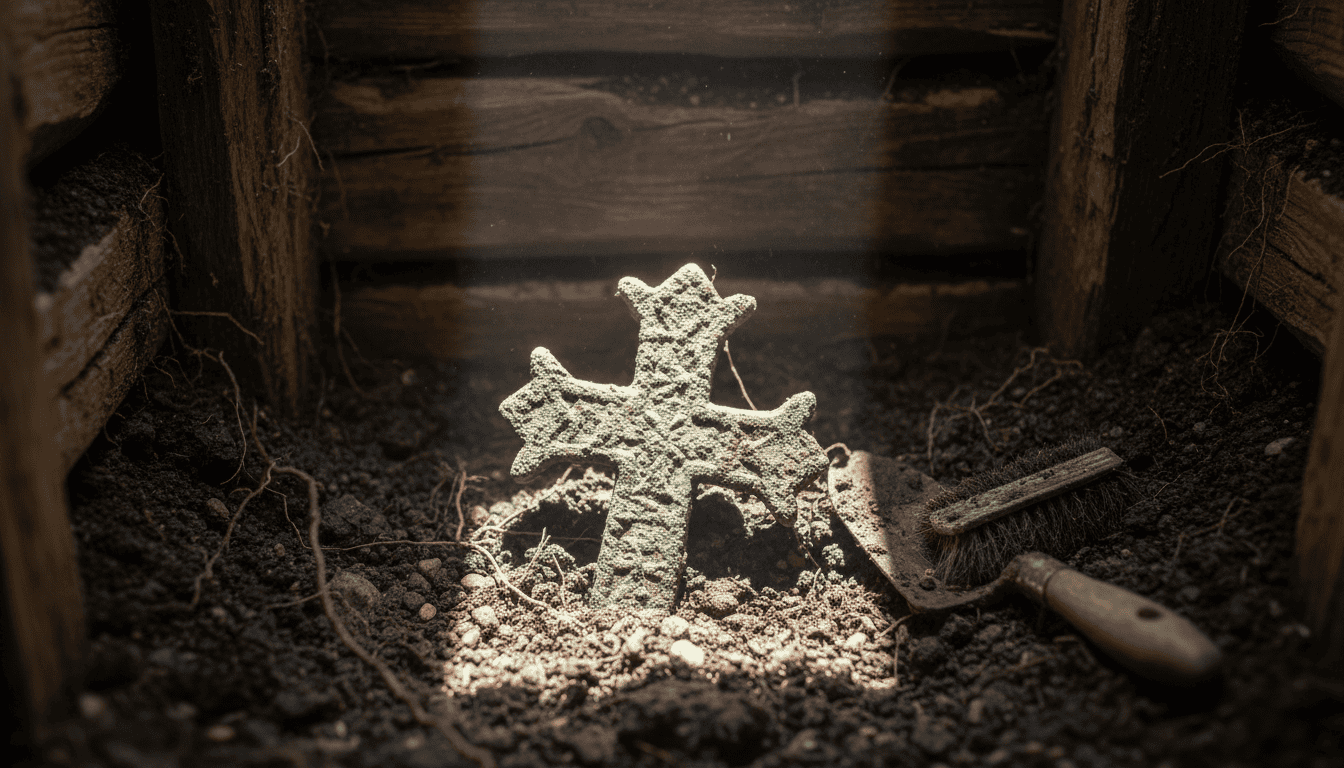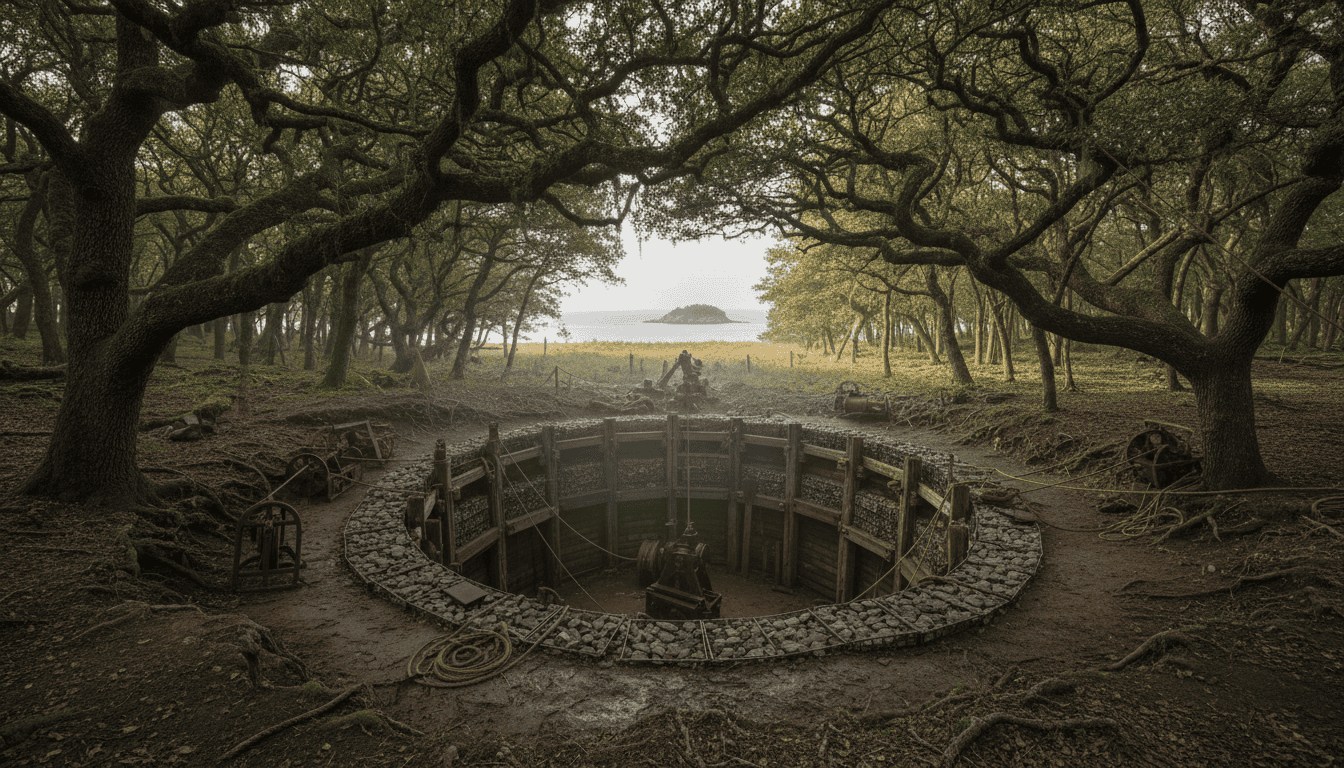The Oak Island Money Pit: What Lies at the Bottom of History’s Greatest Treasure Hunt?
For over 200 years, a small island off the coast of Nova Scotia has guarded one of the world’s most perplexing secrets. This mystery has sparked a treasure hunt that has baffled experts, consumed fortunes, and captivated imaginations. It all began in 1795 when three teenage boys stumbled upon a strange depression in the ground, leading them to unearth what is now known as the Oak Island Money Pit. This deceptively simple hole has since revealed a complex, booby-trapped structure, with mysterious artifacts and tantalizing clues emerging from its depths. The quest to solve this puzzle has become a multi-generational obsession, fueling endless theories about what—or who—lies buried beneath the island, from pirate gold and Templar relics to lost Shakespearean manuscripts.
Key Takeaways
-
The Oak Island mystery began in 1795 when three teenagers discovered a strange, man-made pit, sparking a treasure hunt that has lasted over 200 years.
-
The ‘Money Pit’ is not a simple hole but a complex, engineered structure, evidenced by layers of oak log platforms found at regular ten-foot intervals.
-
A sophisticated and unforgiving booby trap, believed to be a network of man-made flood tunnels, has repeatedly filled the pit with ocean water to thwart excavators.
-
The quest to solve the mystery has become a multi-generational obsession, consuming vast fortunes and captivating public imagination.
-
The unknown contents of the pit have fueled a wide range of theories, from pirate gold and Templar relics to lost Shakespearean manuscripts.
-
The advanced engineering of the pit and its flood trap continues to baffle modern experts, highlighting the skill of its mysterious creators.
The Discovery That Ignited a Legend
The story, as told through Oak Island legend, begins in the summer of 1795 with a teenager named Daniel McGinnis. While exploring the island, he found a peculiar circular depression in the ground beneath the branches of a large oak tree. His curiosity was piqued by a thick tree limb hanging directly over the pit; it appeared to have been sawed off and showed deep grooves, as if from a rope and tackle. The scene strongly suggested that something heavy had been deliberately lowered into the earth at this exact spot, igniting a curiosity that would soon become an obsession.
Intrigued, McGinnis returned with two friends, John Smith and Anthony Vaughn Jr., and they began to dig. Just a few feet down, they hit a layer of carefully laid flagstones, confirming the pit was man-made. But the real surprise lay deeper. At ten-foot intervals—at ten, twenty, and thirty feet—they encountered solid platforms of oak logs, sealed tightly against the shaft’s earthen walls. Realizing the construction was far too complex for them to handle alone, the young men were forced to abandon their search. Though they found no treasure, they had unearthed something far greater: an engineered mystery that would launch one of the longest and most famous treasure hunts in history.
An Ingenious and Unforgiving Trap

Just as early excavators felt they were on the verge of a breakthrough, the Money Pit revealed its most formidable defense. In 1804, the Onslow Company reportedly dug to a depth of 98 feet and hit a stone slab. Before they could investigate, the shaft began to fill rapidly with salty ocean water. This was no simple case of hitting the water table; it was the activation of an ancient security system. Researchers soon theorized that a sophisticated network of man-made flood tunnels had been dug from a nearby inlet, now known as Smith’s Cove, designed to act as a permanent, self-resetting booby trap. The pit wasn’t just a hiding place—it was an unforgiving machine.
The brilliance of this engineering feat continues to baffle modern experts and has foiled treasure hunters for over two centuries. Lined with flat stones and sealed with water-resistant materials like eelgrass and clay, the tunnels were designed to trigger the moment the main shaft was breached, using the ocean’s immense power as a perpetual guardian. This ingenious trap has remained the single greatest obstacle for every team that has since tried to solve the mystery, including the modern-day efforts documented on The Curse of Oak Island. The fact that someone went to such extraordinary lengths is perhaps the most compelling argument that whatever lies at the bottom was valuable enough to protect at all costs.
Pirates, Templars, and Lost Treasure
The allure of pirate gold is perhaps the oldest and most romanticized theory behind the Money Pit. Legends have long connected the island to notorious buccaneers like Captain Kidd or Blackbeard, who would have needed a secure, booby-trapped location to hide their vast fortunes. The story of Captain Kidd, in particular, gained traction after he allegedly claimed before his execution to have buried treasure worth millions. This narrative paints a picture of a clever pirate engineering a complex vault to protect his loot, a tale that fueled the imaginations of the first diggers and continues to inspire the hunt today. While direct evidence is scarce, the pirate theory provides the foundational myth that makes Oak Island synonymous with lost treasure.

A more elaborate theory points to a far older and more secretive group: the Knights Templar. Proponents of this idea believe that after the Templar order was suppressed in the 14th century, a group of knights escaped persecution in Europe. They weren’t just carrying immense wealth; they may have been guarding sacred Christian relics like the Holy Grail. This narrative suggests they sailed to the New World and constructed the Money Pit as a complex underground vault, using their advanced engineering knowledge to protect these priceless artifacts. As evidence, researchers point to symbols and structures found on the island, such as a lead cross with supposed Templar connections. If true, this theory transforms the treasure hunt into a quest for some of history’s most sacred lost objects.
Conclusion
For over two centuries, the Oak Island Money Pit has been more than a hole in the ground—it’s a crucible for hope, obsession, and relentless curiosity. Generations of searchers have staked their lives and fortunes on unlocking its secrets, advancing from simple shovels to sophisticated sonar and drilling rigs. Yet despite tantalizing clues and endless theories, the island stubbornly guards its central mystery. The Money Pit’s allure lies not just in the promise of treasure, but in the powerful, unwavering persistence of the enigma itself.
After all this time and effort, the ultimate question remains unanswered: what is actually buried deep beneath Oak Island? The possibilities are as varied as they are fantastic, ranging from Captain Kidd’s pirate gold and Marie Antoinette’s lost jewels to the sacred relics of the Knights Templar. Perhaps the ultimate treasure was never gold, but the story itself—an elaborate feat of engineering designed to fuel endless speculation. Or maybe, a tangible, world-changing discovery still waits just beyond the reach of the latest drill. As the search continues, we are left to wonder: which theory do you find most believable?
Frequently Asked Questions
1. What exactly is the Oak Island Money Pit?
The Money Pit is a deep, man-made shaft discovered on Oak Island, Nova Scotia, in 1795. Its complex structure, featuring oak log platforms at regular intervals and ingenious flood tunnels, has led generations of searchers to believe a valuable treasure is buried at the bottom.
2. Who first discovered the Money Pit?
According to island legend, a teenager named Daniel McGinnis found the pit in the summer of 1795. After noticing a strange circular depression and a sawed-off tree limb that looked like it once held a pulley, he returned with two friends, John Smith and Anthony Vaughn Jr., to begin the first dig.
3. What did the first explorers find in the pit?
The three boys quickly realized the pit was not natural when they hit a layer of flagstones a few feet down. As they dug deeper, they were stunned to find platforms of tightly sealed oak logs at ten-foot intervals, confirming it was an elaborate, man-made construction.
4. Why is the Money Pit so difficult to excavate?
The original builders designed the pit to protect its secret with an ingenious booby trap: a series of flood tunnels connected to the nearby ocean. Excavators have repeatedly found that as they dig, these tunnels are triggered, filling the shaft with seawater and stopping them from reaching the bottom.
5. What are the most popular theories about what’s buried there?
The theories are as deep as the pit itself. They range from lost pirate treasure belonging to Captain Kidd or Blackbeard to priceless religious artifacts, like the Holy Grail, hidden by the Knights Templar. Other fascinating possibilities include the French crown jewels or lost Shakespearean manuscripts.
6. Have any significant artifacts been found on Oak Island?
While the main treasure remains elusive, many tantalizing clues have surfaced. Searchers have found ancient coins, non-native coconut fiber (a material once used in shipbuilding), fragments of parchment, and a lead cross with possible Templar origins, all suggesting a major operation took place on the island long ago.







